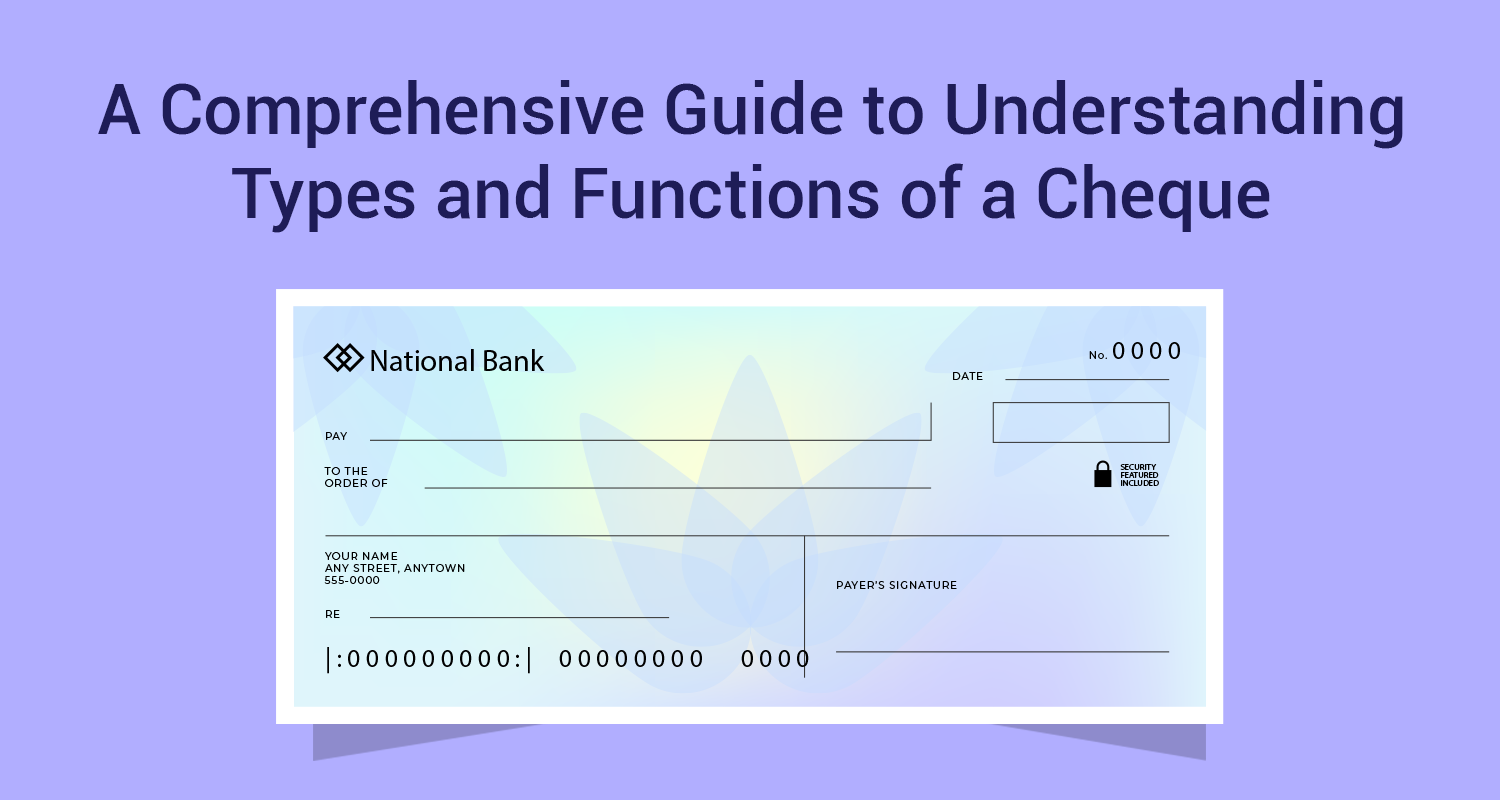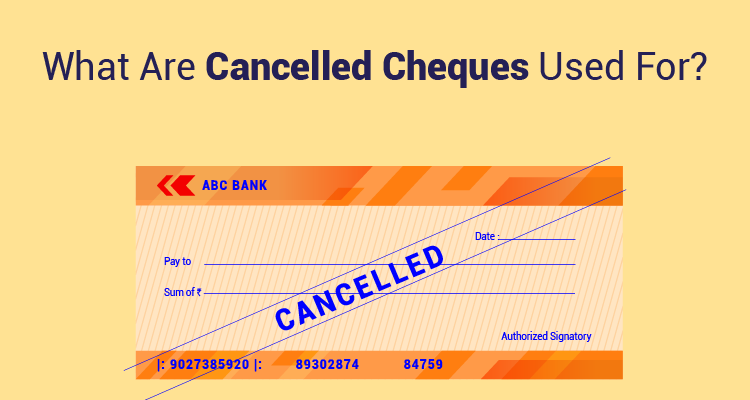Comparison of Direct and Regular Mutual Funds

If you are familiar with the process of investing in mutual funds, you would have noticed a peculiar choice that you have to make when you register i.e. a mandatory selection between a direct plan and a regular plan. Post January 2013, all mutual funds are required to classify the same fund scheme under two categories viz. Direct Plans and Regular Plans. SEBI asked all mutual funds to clearly distinguish between regular plans and direct plans while announcing daily NAVs. Before this, there was no clear demarcation between the two. So, the question arises,what is the difference between the two plans and why do we have to make the choice?
How are direct plans different from regular plans?
Direct and indirect (or regular) plans are ways in which one can invest in a mutual fund. For e.g., if you want to invest in ABC mutual fund, you can invest in it either through a direct plan or a regular plan. Whichever plan you choose, the features, category and sub-category of the fund by itself remain the same. The main difference will be in the cost structures of the plan.
Direct plans were introduced by SEBI over 5 years ago as an alternative to regular plans, which is sold through distributors. The former allows purchase of funds at a lower cost, as it eliminates the expense on distributor commissions. The commissions on equity funds typically vary between 0.75-1.25% annually. The cost differential between the direct and regular plan should ideally be equivalent to this expense. Incrementally, over a long investment horizon, a lower expense ratio will help investors choosing a direct plan to build a significantly bigger corpus than the ones choosing a regular plan.
In the event of a direct mutual fund scheme, investors are recommended to conduct their own market research and pick top-performing schemes for mutual funds. By tapping into the various sources available online from mutual fund websites to financial blogs, investors can study and learn more about the appropriate mutual fund plans.
How does one know the difference between direct and regular plan?
- Direct plan: You can invest directly in the choice of your fund on their website by furnishing the necessary documents required, and completing the initial KYC. You can choose the plan you want and begin making your investment. This way has one major advantage i.e.they do not charge any commission or distribution expenses thus helping you save on costs and earn more return on investment. But one major disadvantage of this path is that you will have to do your own research on which MF will suit your goals and then make an informed decision. This is a very timeconsuming process and if you are new to MFs, you may not be able to choose the right MF.
- Regular plan:You can opt for a regular plan and there will be an agent/intermediary to do your work on behalf of you. Here, there is a lot of hand-holding involved and there will be someone to guide you through the whole process. You just need to give your requirements and furnish the necessary documents, and all the other procedural work will be completed for you. In fact, you will also get recommendations on the right MFs for your investment needs, and hence, it will save you from the timeconsuming process of researching the multitude of options available. There will also be a representative assigned to you, who will give you timely updates regarding your fund and any new fund or investment opportunity that you might be interested in.
- Total expense ratio (TER) :When an AMC runs a mutual fund, there are a lot of costs associated with it likethe fund management fees, advertisement costs, statutory charges like GST payable on services & brokerage on transactions, a registration fee, and above all, there is a huge component of marketing fees that is payable to distributors, brokers, sub brokers, and commission agents for selling the fund. All these costs are jointly referred to as the Total Expense Ratio (TER) and are debited to the NAV of the fund on a daily basis. An investor opting for a direct plan, will be charged a lower TER than an investor opting for a regular plan.
Does a direct plan really add value over a regular plan?
| HDFC Balanced Advantage Fund-(G) | ||
| Particulars (5yrs) | Direct Plan | Regular Plan |
|
Annualized Returns (%) |
9.2 |
8.2 |
|
Absolute Returns (%) |
55.4 |
48.3 |
| DSP Bond Fund-(G) | ||
| Particulars (5yrs) | Direct Plan | Regular plan |
|
Annualized Returns (%) |
7.3 |
6.7 |
|
Absolute Returns (%) |
42.1 |
38.3 |
The best way to understand the difference is by looking at the live data of both the plans on a sample of two funds. We have considered the absolute and annualized returns of 2 different funds for the 5-year period of Jan 2014-Jan 2019. The table captures the gist of the outcome. It can be seen that in case of the balanced fund, the annualized return is 100 basis points for direct plan. In the case of the bond fund, the advantage of a direct plan is 60 basis points. While 0.6%-1% of additional return each year might not seem significant, over a long term it does add up. Checkout the below table to understand the impact just 0.75% can have over a 15 year period.
| Year | 13% CAGR (Direct) | 12.25% CAGR (Regular) |
|
0 |
₹ 1,00,000.00 |
₹ 1,00,000.00 |
|
1 |
₹ 1,13,000.00 |
₹ 1,12,250.00 |
|
2 |
₹ 1,27,690.00 |
₹ 1,26,000.63 |
|
3 |
₹ 1,44,289.70 |
₹ 1,41,435.70 |
|
4 |
₹ 1,63,047.36 |
₹ 1,58,761.58 |
|
5 |
₹ 1,84,243.52 |
₹ 1,78,209.87 |
|
6 |
₹ 2,08,195.18 |
₹ 2,00,040.58 |
|
7 |
₹ 2,35,260.55 |
₹ 2,24,545.55 |
|
8 |
₹ 2,65,844.42 |
₹ 2,52,052.38 |
|
9 |
₹ 3,00,404.19 |
₹ 2,82,928.79 |
|
10 |
₹ 3,39,456.74 |
₹ 3,17,587.57 |
|
11 |
₹ 3,83,586.12 |
₹ 3,56,492.05 |
|
12 |
₹ 4,33,452.31 |
₹ 4,00,162.32 |
|
13 |
₹ 4,89,801.11 |
₹ 4,49,182.21 |
|
14 |
₹ 5,53,475.25 |
₹ 5,04,207.03 |
|
15 |
₹ 6,25,427.04 |
₹ 5,65,972.39 |

Please note that the returns here are overly simplified and one should not expect such consistency.
Facts to know while choosing a direct plan
- To enable an investor to invest and manage mutual funds directly, it is better if an investor has necessary knowledge and understanding of capital markets,for analyzing the performance of the schemes. Also, they need to allocate time to do these activities. Those who have these abilities, will be able to handle investing directly well.
- But for those who do not understand the risks involved and cannot keep track of fund performance, it is best to invest through a regular plan. It is always better to pay some commission fees than losing a chunk of invested capital due to miscalculated moves.
- If you invest in a direct plan through a distributor who also provides research support, then investing in a direct plan is the best investment option.
- If you are making a goal-based investment in a mutual fund, and do not have the necessary experience or comfort with making such financial decisions, it is always better to pay a skilled & experienced advisor with a dedicated team to make such decisions for you. And you can avail this through a regular plan.
Disclaimer: The information contained in this post is for general information purposes only. IIFL Finance Limited (including its associates and affiliates) ("the Company") assumes no liability or responsibility for any errors or omissions in the contents of this post and under no circumstances shall the Company be liable for any damage, loss, injury or disappointment etc. suffered by any reader. All information in this post is provided "as is", with no guarantee of completeness, accuracy, timeliness or of the results etc. obtained from the use of this information, and without warranty of any kind, express or implied, including, but not limited to warranties of performance, merchantability and fitness for a particular purpose. Given the changing nature of laws, rules and regulations, there may be delays, omissions or inaccuracies in the information contained in this post. The information on this post is provided with the understanding that the Company is not herein engaged in rendering legal, accounting, tax, or other professional advice and services. As such, it should not be used as a substitute for consultation with professional accounting, tax, legal or other competent advisers. This post may contain views and opinions which are those of the authors and do not necessarily reflect the official policy or position of any other agency or organization. This post may also contain links to external websites that are not provided or maintained by or in any way affiliated with the Company and the Company does not guarantee the accuracy, relevance, timeliness, or completeness of any information on these external websites. Any/ all (Gold/ Personal/ Business) loan product specifications and information that maybe stated in this post are subject to change from time to time, readers are advised to reach out to the Company for current specifications of the said (Gold/ Personal/ Business) loan.



